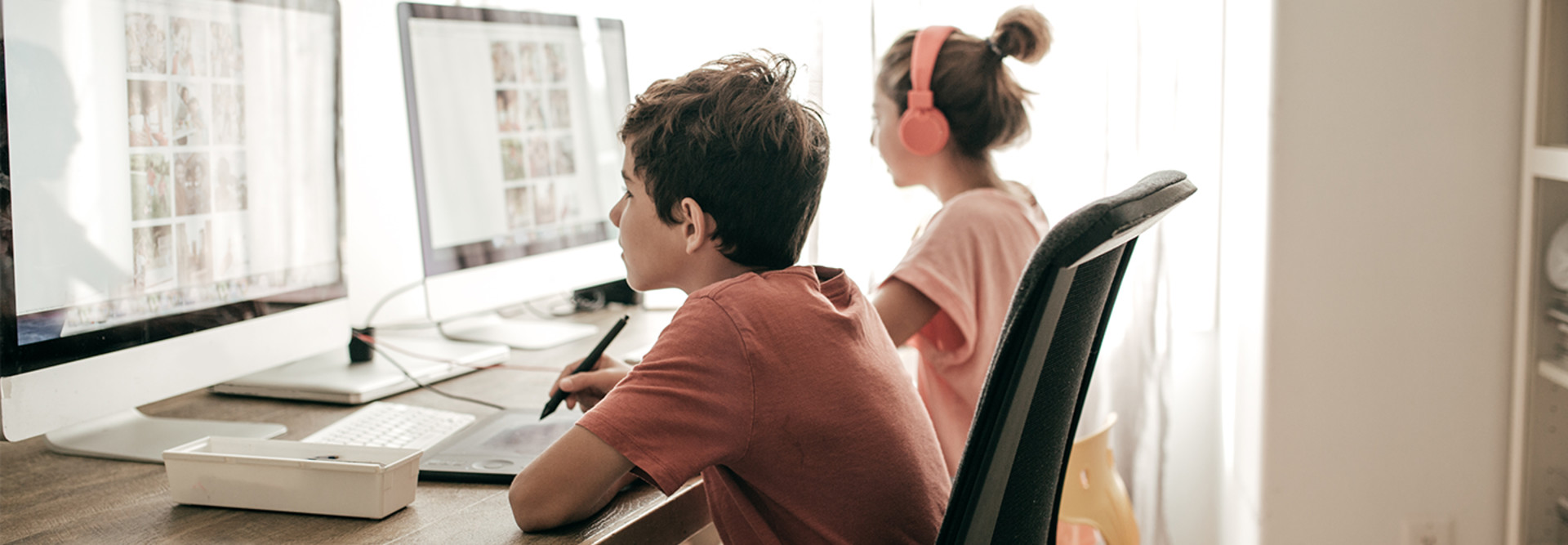How K–12 Schools Can Maintain Student Safety Without Undermining Privacy
Internet content monitoring can create a clash between student safety and student privacy.
On one hand, teachers and parents want students to remain safe from harmful content on the internet. Keeping tabs on every student’s digital presence, however, can create a dangerous precedent.
“There’s no question that a district should monitor online activity, but the technology raises other questions,” CoSN Board Secretary Donna Williamson told EdTech in an interview. “How do you determine what you filter and flag? At what age? What do you filter if the devices go home? What responsibility do you have to report students’ online behavior to parents? There’s a lot to think about.”
Because districts usually supply the hardware and email accounts they monitor, the issue often boils down to building trust with students and parents.
“You always want to maintain a level of trust,” Williamson says. “It’s very important to keep students safe, but it’s also important to use common sense. Some alerts from the technologies require administrators to react at once. But a lot of them are minor, the result of students not using good judgment, of being kids. In those cases, it’s important not to overreact.”
Balance Security and Privacy When Protecting Students
While teachers have an obligation to protect students from any illicit material on the internet, the line between protector and spy can be extremely thin.
For some administrators, ensuring school safety is the priority, even if it comes at the expense of privacy. This is especially true as district leaders begin to ask whether close monitoring of web browsing and social media could prevent something as horrific as a school shooting.
While using programs such as GoGuardian, which harness artificial intelligence to monitor activity on students’ Chromebooks, can be valuable in identifying students who need administrative intervention, schools must remember that being overbearing can lead to rash action.
“There should be a whole gradation of how this [software] should work,” Daphne Keller, director of intermediate liability at Stanford Law School’s Center for Internet and Society, told Quartz. “We should be able to choose something in between, that is a good balance [between safety and surveillance], rather than forcing kids to divulge all their data without any control.”
K–12 Experts Offer Guidance on Monitoring Content
To help determine the best way to safely and responsibly monitor content, educators and school technologists offer this advice:
- Inform parents and students up front about the parameters of the monitoring so there are no surprises if a child strays to inappropriate content, suggests Redding School District Superintendent Robert Adams.
- Maintain strict protocols governing who gets alerts and how that information is shared, says Robert Williams, Nye County School District technology director.
- Don’t go on fishing expeditions to catch questionable behavior; just monitor alerts from the software, advises Lenon Harvey, Putnam County School District’s director of information services.
For more on how schools are using education technology to upgrade their content monitoring, read “Content Monitoring Tools Help K–12 IT Officials Patrol Internet Boundaries.”








